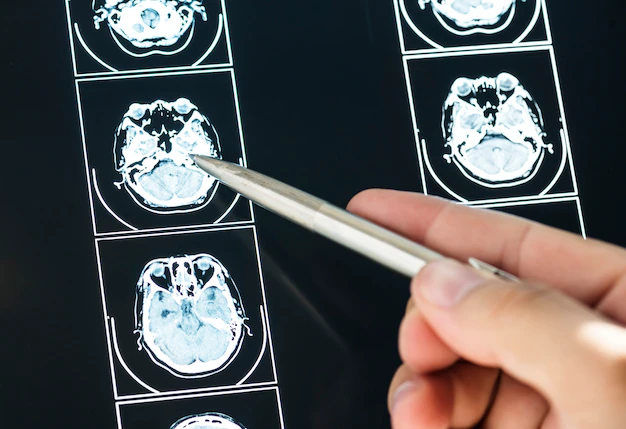Diagnosis of a Stroke

Diagnosis of a stroke typically involves a combination of physical exams, imaging tests, and medical history assessments. The goal of diagnosis is to identify the type of stroke, the location of the blockage or bleeding, and the extent of brain damage caused by the stroke.
Some of the physical exams that may be performed include a neurological exam to test reflexes, balance, coordination, and vision, as well as blood tests to check for clotting abnormalities and other risk factors for stroke.
Imaging tests, such as a CT scan or MRI, can help identify the location and extent of brain damage. These tests can also differentiate between an ischemic stroke and a hemorrhagic stroke, which can help determine the appropriate treatment.
Medical history assessments may involve questions about any pre-existing medical conditions, such as high blood pressure or heart disease, as well as questions about lifestyle factors, such as smoking or alcohol consumption, that may increase the risk of stroke.
It is important to seek medical attention immediately if any symptoms of a stroke are present, as early diagnosis and treatment can significantly improve outcomes and reduce the risk of long-term brain damage or disability.
